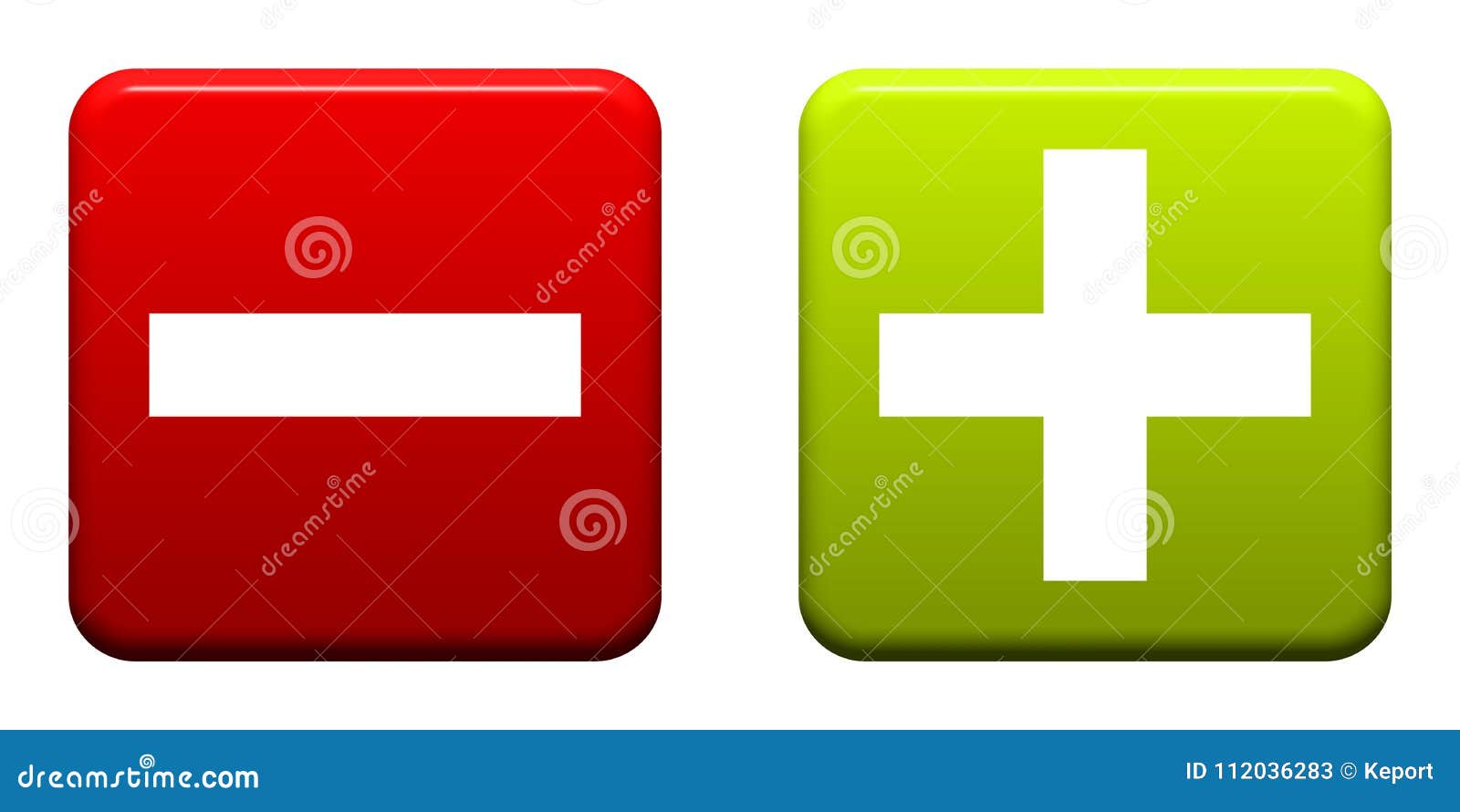
- Calcpad plus or minus sign 64 bits#
- Calcpad plus or minus sign full#
- Calcpad plus or minus sign code#
The codename of the IC is Clarke in the S/SX, after William Clark, and Yorke in the G/GX, after Clark's manservant. These packages have codenames inspired by the members of the Lewis and Clark Expedition. In both the HP 48S/SX and 48G/GX series, the Saturn CPU core is integrated as part of a more complex integrated circuit (IC) package. The three pointer registers (including the program counter) and address data paths are 20 bits wide, therefore the Saturn architecture can address 1 M nibbles = 512 K bytes. The use of BCD instead of straight binary representation is advantageous for calculators as it avoids rounding problems that occur on the binary/decimal conversion.įor optimum memory usage efficiency, the Saturn's addresses are also nibble-based.
Calcpad plus or minus sign 64 bits#
The 64 bits (16 nibbles) can hold BCD-formatted coded floating point numbers composed of a Plus and minus signs nibble, 12 mantissa digits and a 3-digit exponent stored in two's-complement format (±499). Data in the general-purpose registers can be accessed on nibble boundaries and used for calculations, whereas the scratch registers allow only load and store operations. The Saturn has four general-purpose and five scratch registers that are 64 bits wide.
Calcpad plus or minus sign code#
The processor has a 20-bit address bus available to code but due to the presence of the high/low nibble selection bit, only 19 bits are available externally. External logical data fetches are transparently converted to 8-bit physical fetches.
Calcpad plus or minus sign full#
The main registers A, B, C, D, along with temp registers R0, R1, R2, R3, and R4 are a full 64-bits wide, but the data registers D0 & D1 are only 20-bit. The Saturn microprocessor is a hybrid 64-bit / 20-bit CPU hardware-wise but acts like a 4-bit processor in that it presents nibble-based data to programs and uses a nibble-based addressing system.
The Saturn architecture is nibble-based that is, the core unit of data is 4- bit-sized, which can hold one binary-coded decimal (BCD) digit. The HP 50g, the last calculator utilizing this emulator, was discontinued in 2015 when Samsung stopped producing the ARM processor it was based on. The last calculators based on the Saturn emulator were the HP 39gs, HP 40gs and HP 50g in 2006, as well as the 2007 revision of the hp 48gII. In 2000, the HP 39G and HP 40G were the last calculators introduced based on the Saturn hardware. Therefore, starting with the HP 49g+ model in 2003, the calculators switched to use a Samsung S3C2410 processor with ARM920T core (part of the ARMv4T architecture) to run an emulator of the Saturn architecture in software. The HP 49 series initially used the Saturn CPU as well, until the NEC fab could no longer manufacture the processor for technical reasons in 2003. Later models of the family powered the popular HP 48 series of calculators, among others. The original Saturn chipset was first used in the HP-71B hand-held BASIC-programmable computer, introduced in 1984.

It succeeded the Nut family of processors used in earlier calculators. The Saturn family of 4-bit microprocessors was developed by Hewlett-Packard in the 1980s for programmable scientific calculators/microcomputers.


 0 kommentar(er)
0 kommentar(er)
